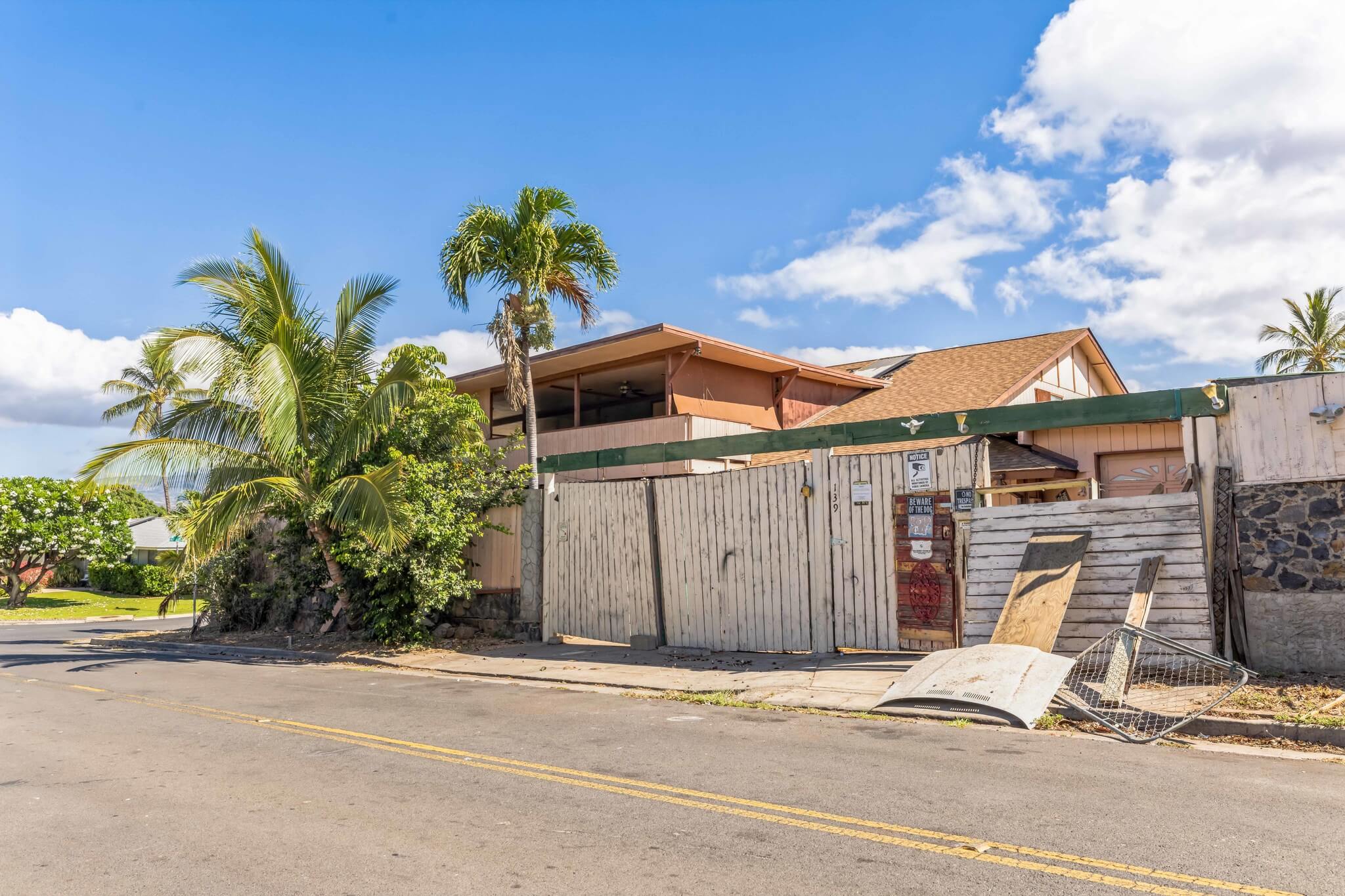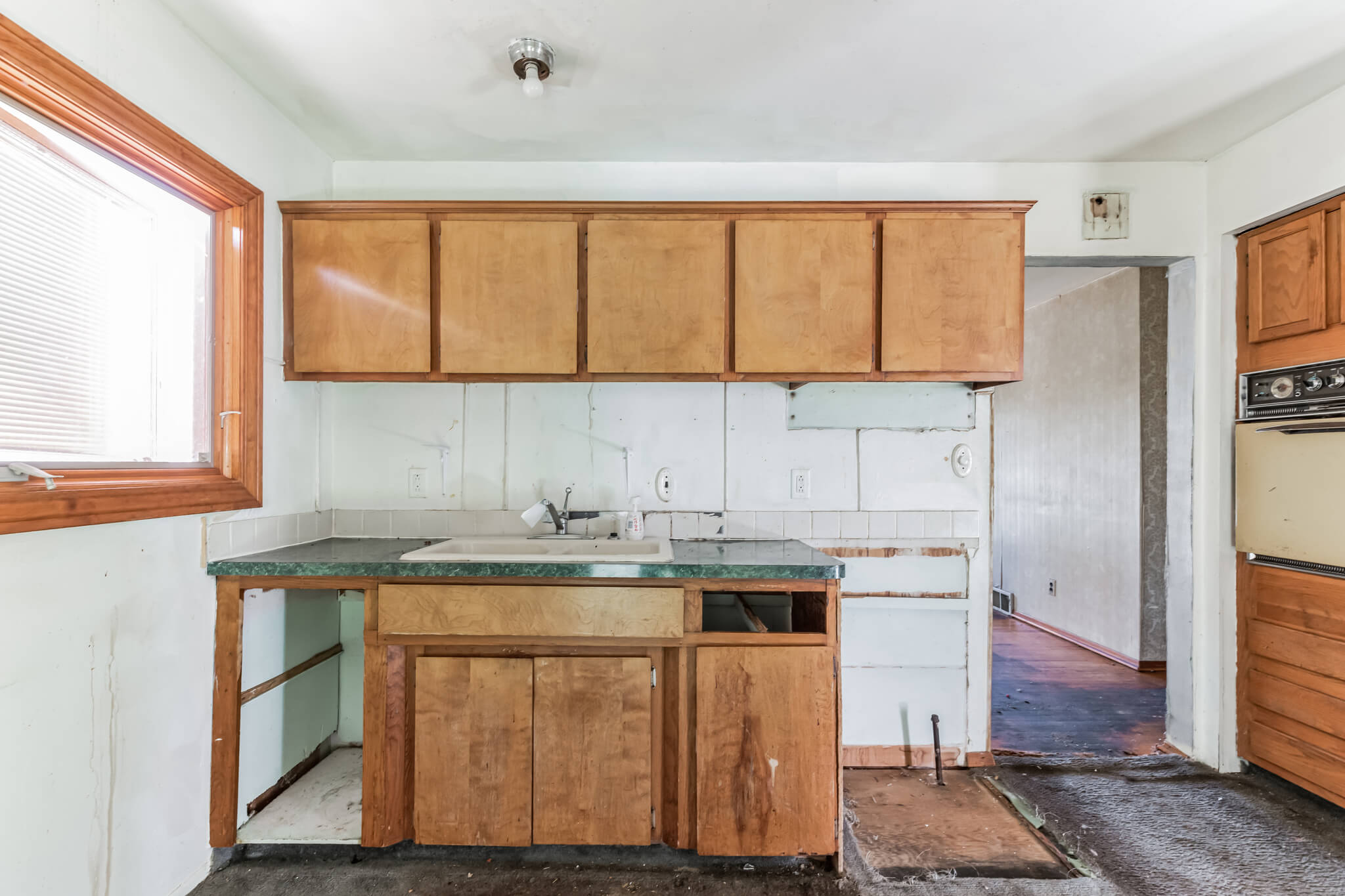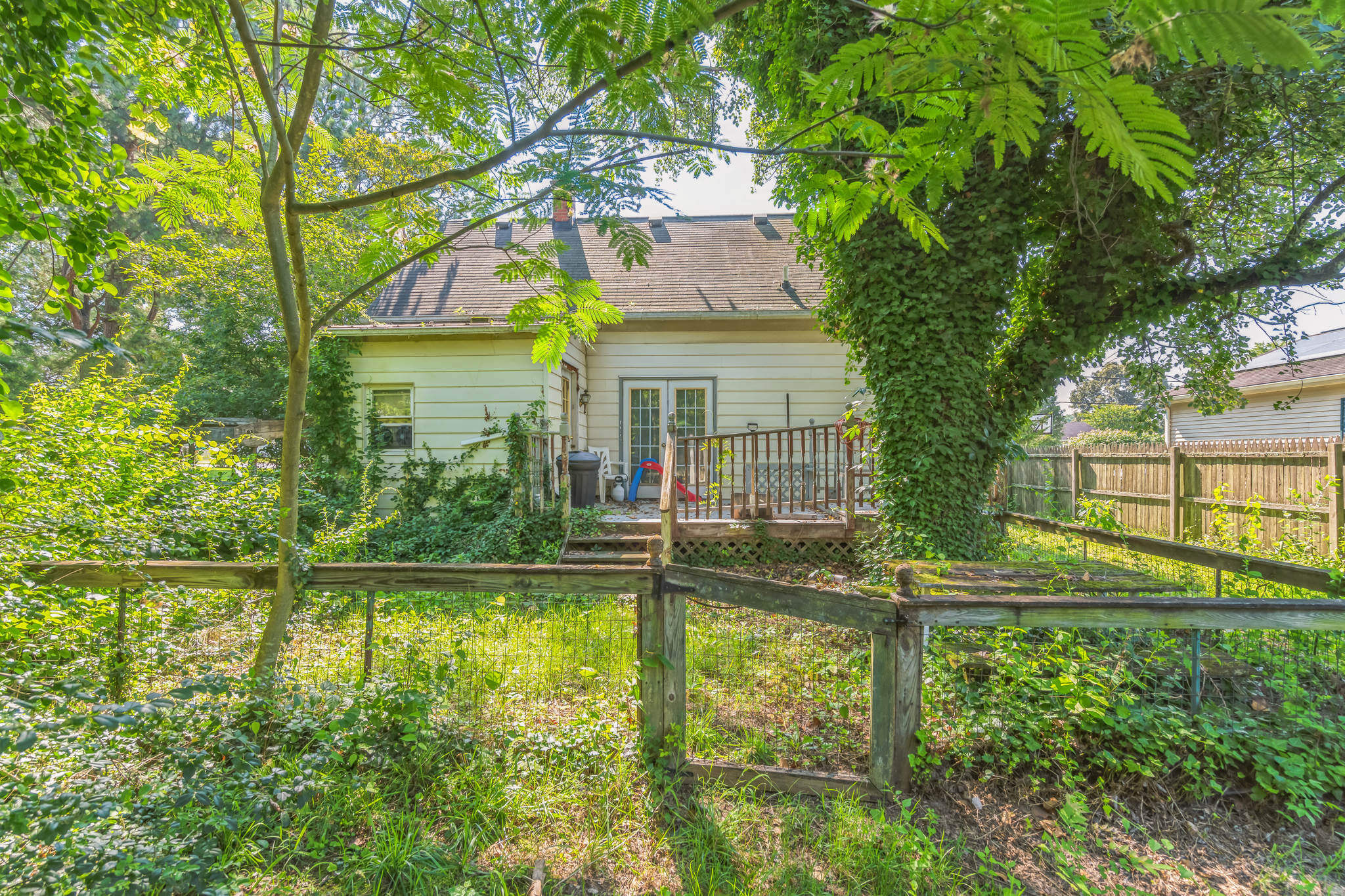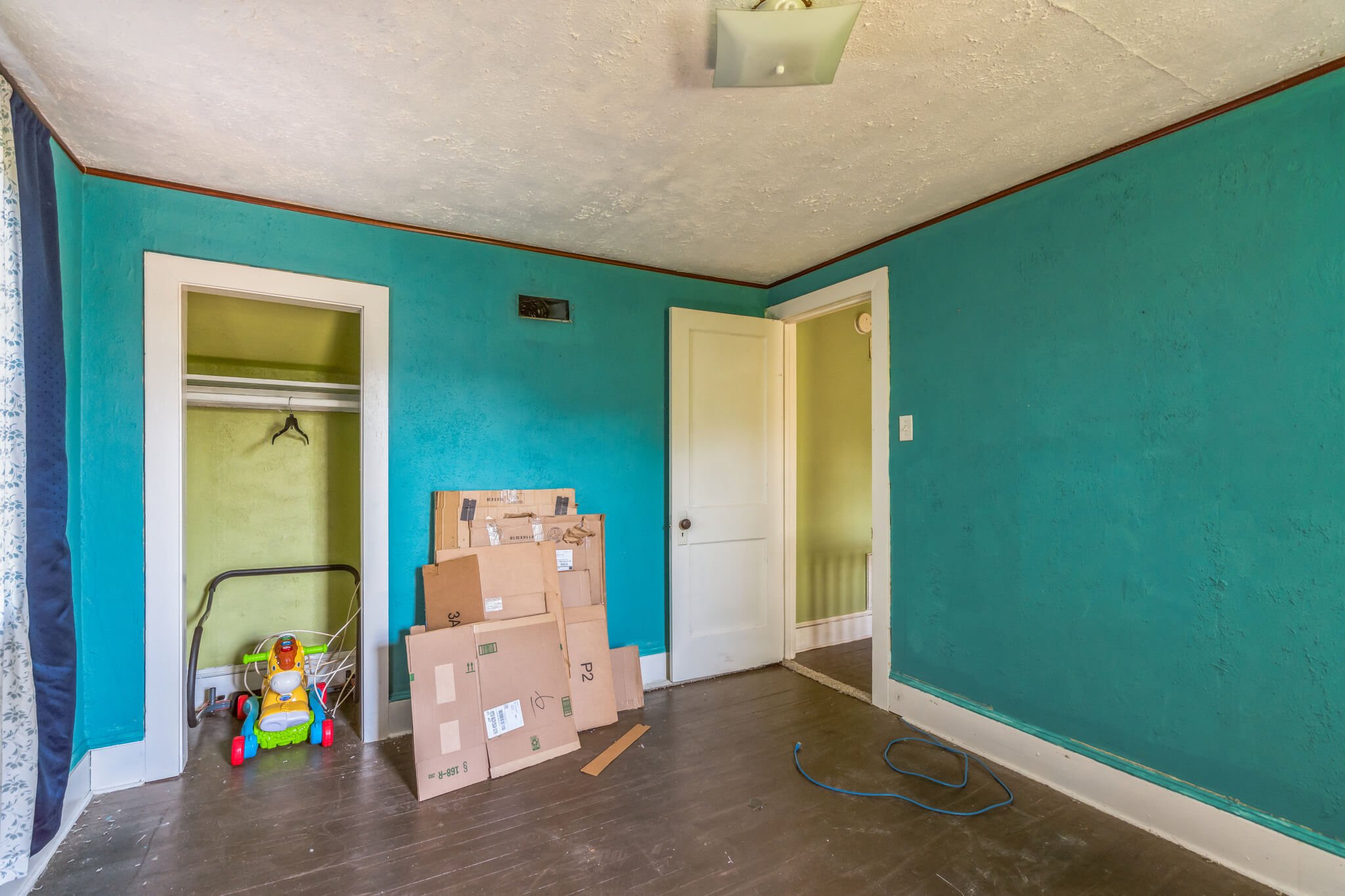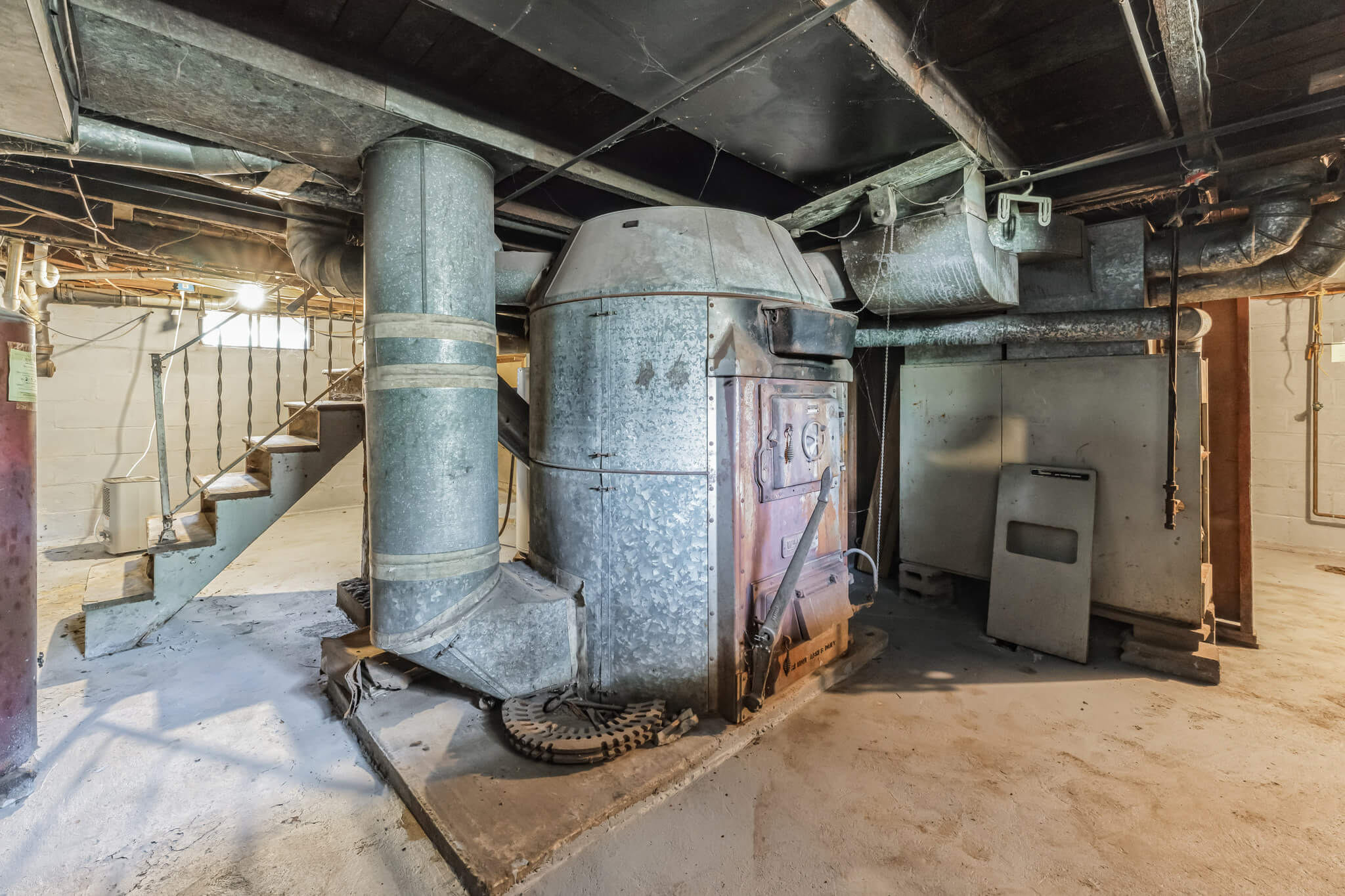In the dynamic world of real estate investment, distressed properties offer a unique, albeit challenging, opportunity. These are properties in a state of disrepair, foreclosure, or otherwise complicated circumstances. Capturing the essence of these homes requires a particular approach in photography.
Below are some best practices tailored specifically for shooting distressed properties.
Communication is Key
Before heading out to the location, it’s essential to have clear communication with the property owner or agent. Understand the context—whether the property is in foreclosure, requires extensive repairs, or is occupied by unaware tenants.
This information will prepare you for any challenges you may encounter. As a photographer, you don’t want any surprises that could disrupt your session or put you in an awkward or unsafe situation.
Minimal Disclosure
While shooting, you may encounter tenants or neighbors curious about what’s happening. It’s crucial to keep conversations to a minimum. You’re there to capture the property, not discuss its future. If a tenant becomes hostile, it’s best to exit and immediately inform the property owner.
Your safety should be your priority, and it’s not your place to negotiate the circumstances of the sale or occupancy.
Verify Property Access in Advance
Before the photography session, it’s crucial that property owners or agents take the initiative to confirm that the property is accessible. If the property has been vacant for a while or is in a state of disrepair, it may be boarded up, or the locks could be compromised.
Owners should physically check the site or have someone do so on their behalf to ensure that all access points are as described and functional.
Photographers, for their part, should confirm access instructions with the owner ahead of the scheduled shoot. After all, a session can’t proceed if the photographer can’t even enter the property, leading to wasted time and resources for all involved.
Shoot the Property As-Is: The Raw Reality
One of the unique challenges of photographing distressed properties is the condition you’ll find them in. Unlike traditional real estate listings, these properties are often not staged, cleaned, or even decluttered.
In extreme cases, you may find clothes, garbage, and personal items scattered about. It might seem like a daunting task, but remember, the aim is to capture the property in its current state.
When to Shoot and When to Skip
It’s essential to know when to photograph a room as-is and when it’s best to skip it. If you encounter areas that pose health risks—such as the presence of mold, harmful chemicals, or overwhelming bad odors—it’s advisable to leave that particular area out of the shoot.
Your health and safety are paramount, and it’s not worth risking for a photo. Always alert the property owner or agent of any conditions that prevented you from photographing certain areas.
Beyond the Basics: Focus on Utilities and More
Unlike traditional properties listed on the MLS, distressed properties require a more detailed photographic inventory. Investors are keen to know the condition of utilities such as HVAC units, electrical panels, and even the state of the roof.
Drone shots can be particularly helpful in assessing the roof’s condition. For wholesalers or virtual investors who may never physically visit the property, comprehensive visual data is invaluable.
Conclusion
Photography for distressed properties is a specialized skill that demands a nuanced approach. From pre-shoot communication to quick media delivery, the process requires particular attention to detail and sensitivity to complex situations. Following these best practices can make the difference between a listing that lingers and one that converts, turning potential liabilities into profitable investments.
By understanding the unique challenges and needs of distressed properties, you can take real estate photography to the next level, benefiting both property owners and investors alike.


